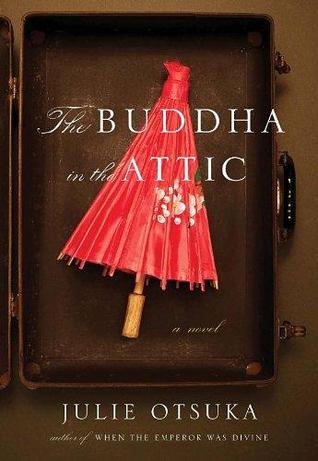 The Buddha in the Attic
The Buddha in the Attic
by Julie Otsuka
I came across the concept of an epistrophe recently when reading Eduardo Halfon’s novel The Polish Boxer (see my post). Webster’s Dictionary defines epistrophe as repetition of a word or expression at the end of successive phrases, clauses, sentences, or verses especially for rhetorical or poetic effect (as Lincoln's “of the people, by the people, for the people”) . This is a technique that I have seen employed effectively in a novel or short story only a few times – I think of Tim O’Brien’s story The Things They Carried in which he lists al the things carried by a foot soldier during the Vietnam War. Otsuka uses it relentlessly throughout the whole of her superb second novel. Her writing style of short concise sentences seen in her first novel When the Emperor Was Divine is maintained here, but absolutely comes into its own here creating a distinctive rhythm to the book as time marches relentless forward from the sense of expectant uncertainty of the first chapter’s arrival of the women to the penultimate chapters fearful exodus into uncertainty of whole families and generations. The chapters of the novel are entitled “Come, Japanese”, “First Night”, “Babies”, “The Children” , “Traitors”, “Last Day”, “A Disappearance” : they are landmarks in the chronology these early twentieth century mail order brides from their boat trip across the Pacific to unknown Japanese husbands waiting for them in the USA up to their disappearance from the streets and life of America after the outbreak of WW2 and the bombing of Pearl Harbour.
ashramblings verdict 5* : this is a tour de force in combining the real experiences of these Japanese immigrants in one collective story whilst allowing the overall sense to ring true whilst maintaining the individuality of participants, their range of experiences of at each of these landmarks in their lives.
No comments:
Post a Comment